Beautiful Trouble Goes to School
By Jeremy Varon, Professor of History, The New School
In the spring of 2021, I taught a college seminar, “The Utopian Imagination,” in which Beautiful Trouble (BT) played a vital role. Below is a short memo explaining how the class used and was inspired by BT. I offer it as an example of how BT can enrich education and with the hope that other educators bring BT into their classrooms and their lives.
Beautiful Trouble in Hard Times
The class of twenty students was held on Zoom, roughly a year into the pandemic and in the wake of the January 6 insurrection. Like students everywhere, the class was exhausted from isolation, the sickness and death around them, political rancor, and racist, authoritarian threats to democracy. Many confessed that they took the class because they wanted some positivity in their lives — to learn how to build a better world, not just criticize or feel overwhelmed by the world that exists. Beautiful Trouble, with its focus on joyful, creative resistance, beautifully met this emotional need of the class, not just its intellectual interests.
How Beautiful Trouble Fit In
A premise of the class was that Utopia is not some abstract, unattainable state of perfection. Rather, we have access to Utopia in the here and now through experiences — however fleeting — of radical freedom, justice, and equality that may prefigure a liberated society to come. Creating Utopia means confronting injustice in a way that celebrates diversity, solidarity, and the moral imagination. The class got a taste of this way of thinking by reading early on an excellent essay by BT co-founder Andrew Boyd, “Don’t Wait for the Revolution — Live It!” So too, we read Dream: Re-imagining Progressive Politics in an Age of Fantasy by BT contributor Steve Duncombe. It makes a deep case for the value of creative, direct action — dubbed “the ethical spectacle” — as a means making social change. These readings set us up for a lengthy unit on BT that closed out the class.
Getting Into Beautiful Trouble
I first asked the students to peruse the BT website on their own, clicking around to get a sense of its mission, spirit, and design. I then gave the following assignment, which required short, written replies. It was as follows:
Read 15 to 20 of the Beautiful Trouble “Stories” (I recommend a handful myself, highlighting those from the Global South and ones that were particularly inventive)
Identify two that seem to you especially moving, clever, or effective, and be prepared to discuss why you liked them in class
Identify an issue in the world (e.g. global warming, mass incarceration, LGBTQI+ rights, etc.) about which you are especially passionate
Answer this question: Would you like to make Beautiful Trouble?
I also showed videos of real-world, creative protests in the style of Beautiful Trouble to make it, as a mode of action, seem vivid to the class.
The assignment worked great. The Stories, I think, are the best way to learn what Beautiful Trouble is. Discussing their favorites, the class articulated what to them made Beautiful Trouble powerful and exciting. Every student said they would want to make Beautiful Trouble. And by identifying issues important to them, the students set in motion the next work of the class.
Imagining Beautiful Trouble
The class was blessed to have two BT trainers — Rae Abileah and Katie Peyton Hofstadter — join us virtually to run a workshop on devising Beautiful Trouble actions. Importantly, I was able to fairly compensate them with university funds for their times and expertise.
As preparation, the three of us had a zoom meeting to discuss how best to structure the workshop. We decided to cluster the students into five groups based on what issue areas they identified. In addition, we devised for each group a specific scenario. The Climate Change group, for example, was to imagine opposing a proposed pipeline; the Voting Rights group was organizing to combat voter suppression laws.
The workshop itself was fantastic. Rae and Katie each spoke about how they got involved with Beautiful Trouble and described campaigns that were especially meaningful to them. Katie stressed that being kind to one another is a crucial part of the collaborative protest, and itself a political virtue (several students, in their end-of-the-year evaluations, referenced the power of this message). Rae and Katie then gave each group a “tactic” or “principle” to work with, and floated between breakout rooms as the groups took 30 minutes or so to develop Beautiful Trouble actions. The class ended with reports from each group on what they came up with, and quick feedback on their ideas.
Several of the groups’ ideas were indeed terrific — blueprints for campaigns and actions that, with some refinement, could be brought into the world. All the students got a sense of both the power of Beautiful Trouble and the excitement of at least imagining it. They left the class eager to be Beautiful Troublemakers. I have no doubt that some will participate in a new generation of creative acts of resistance and Utopian imagining.
Even with the limitations of the virtual format, the class showed how Beautiful Trouble could be brought into the classroom to animate the curriculum, energize the students, and help make a better world.
Jeremy Varon is a Professor of History at the New School for Social Research and Eugene Lang College in New York City, NY. View his Utopia course syllabus.
